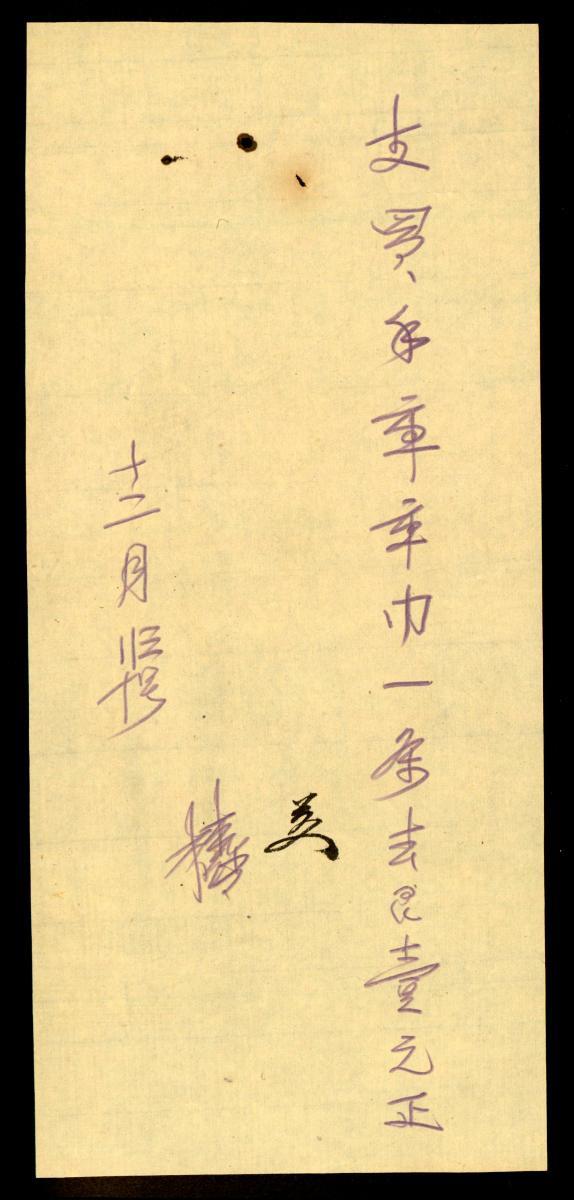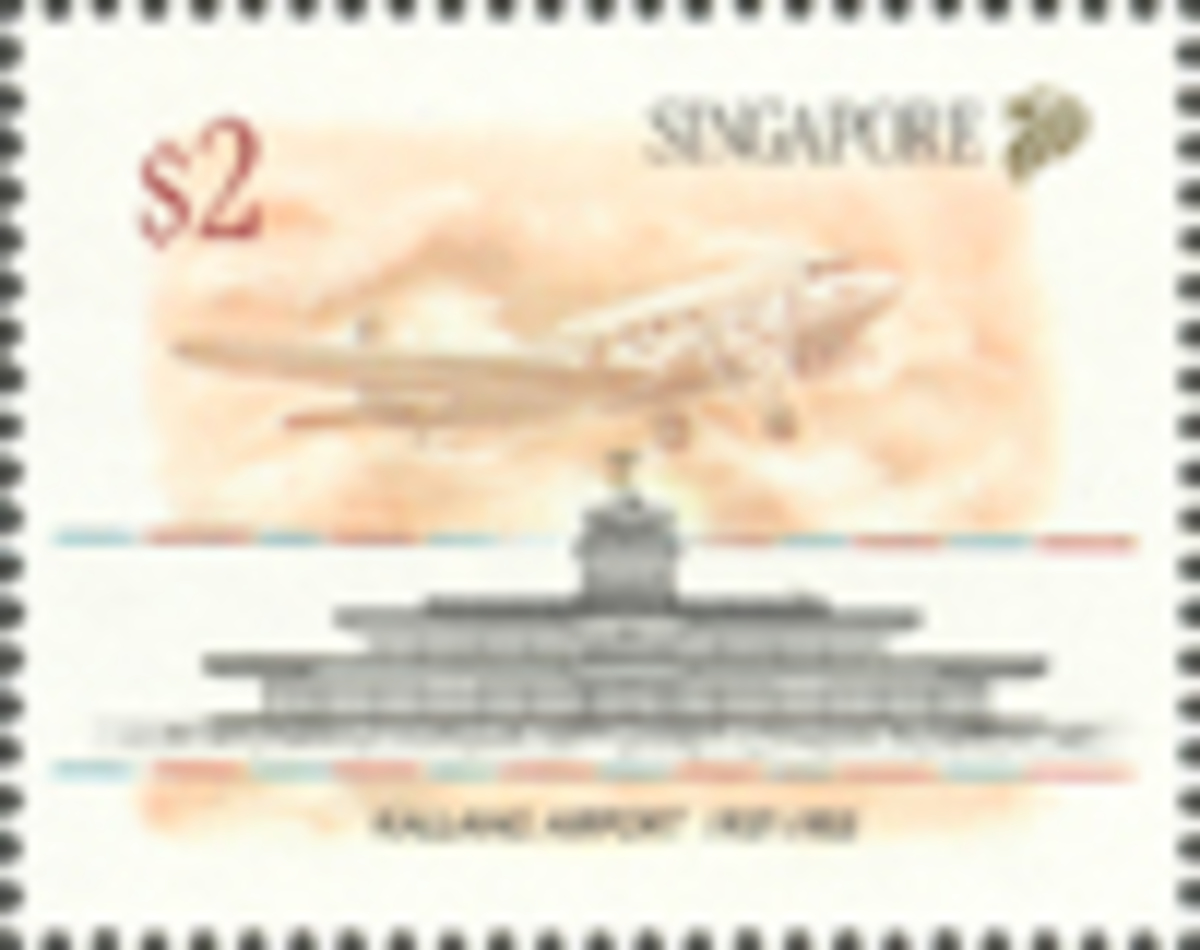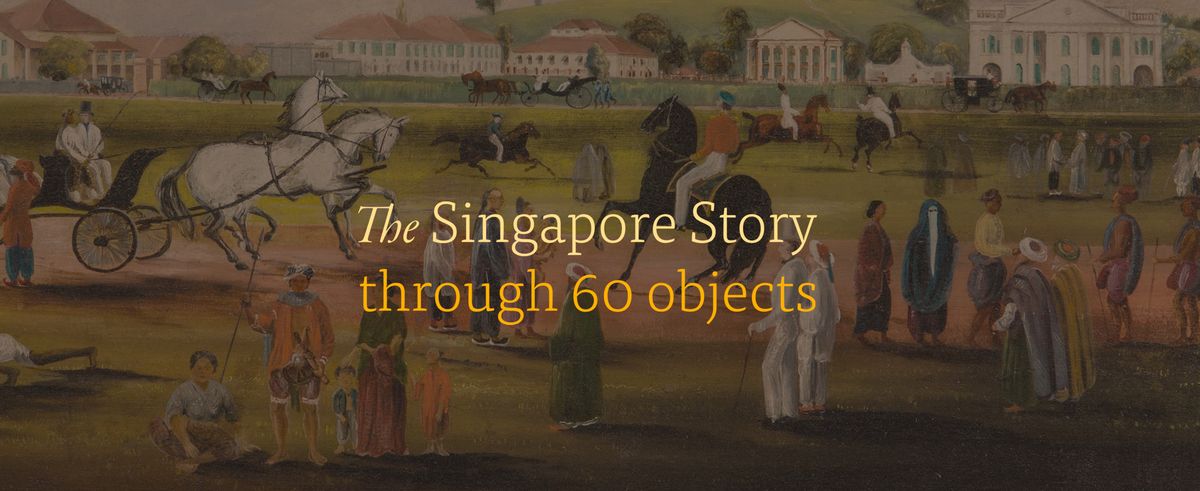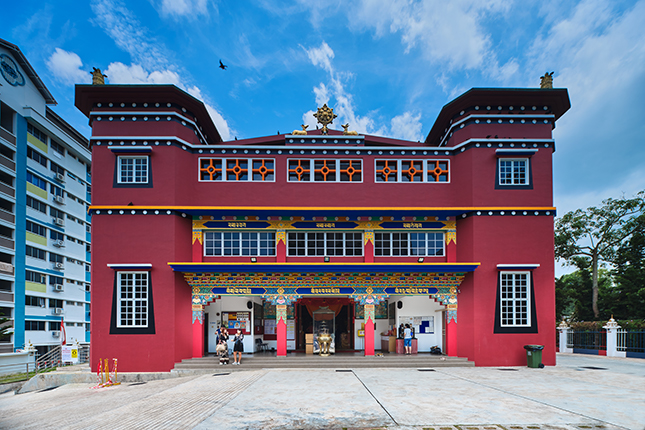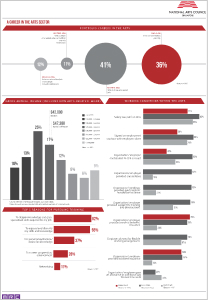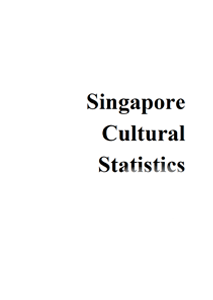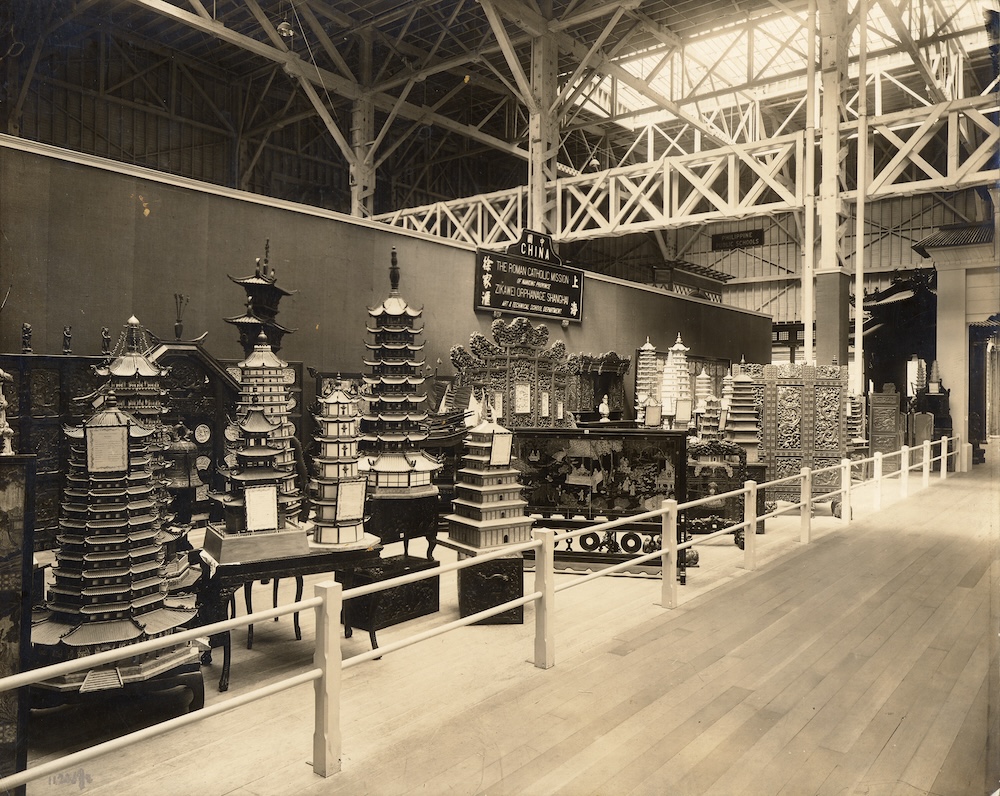This pair of bridegroom’s shoes belonged to Arthur Lee Siak Keng and features a qilin, a symbol of virility. It was executed in tekat timbul, where threads wound over a padded surface are being anchored down by attachment threads. This was also a technique used in Malay world and may trace its roots to ‘zadorshi’ craft from 18th century Indian courts, reflecting the cross-cultural element in Peranakan crafts. This could have been part of wedding gift exchange and not worn, as an accompanying wedding photograph shows the bridegroom wearing black shoes.Peranakan weddings were typically elaborate ceremonies that lasted up to twelve days. They involved numerous customs and rituals, such as the tea ceremony on the sohja tiga hari (third day) and presenting the prove of virginity on the duablas hari (twelfth day). Wedding portraits often show the bridegroom in suit and the bride in traditional Peranakan wedding attire. Although more brides adopted Western wedding gowns around the mid-20th century, they could also have a change of traditional outfits for certain events during the wedding. The objects from this group acquisition show how the Peranakan wedding was simplified during wartime, while some traditions were retained.







